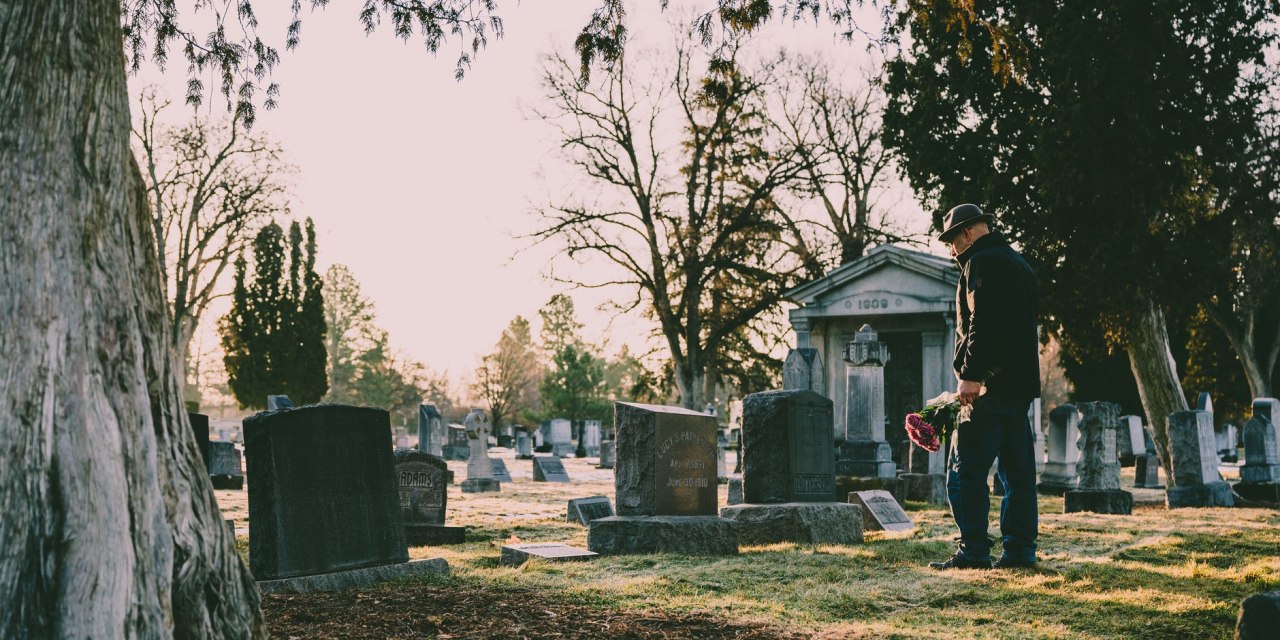One thing that’s long puzzled me — how we go about reliably determining when a fatal overdose represents a suicide, and when it doesn’t. That’s important because it’s generally agreed that the majority of OD deaths are in fact unintended.
It’s become more of an issue in recent years due to the work of economists Ann Case & Angus Deaton and their book, Deaths of Despair and the Future of Capitalism. It’s gained considerable attention in both the academic and general media. Here’s a short video wherein the two social scientists briefly explain their research:
I’ve never been entirely comfortable with the inclusion of overdose deaths under a heading such as ‘deaths of despair’ . Especially now, with fentanyl having superseded heroin among users in many areas. It adds a whole new dimension of unpredictability to drug use. I can see the relationship between suicide and despair (defined as the ‘utter loss of hope.’) But as I said before, most overdoses don’t qualify as intentional.
So why lump them together?
Technically, an overdose is simply any incident where someone has taken a drug in quantities that exceed the recommended dosage. A fatal overdose is one that resulted in someone’s death.
Suicide is a more restrictive term. A suicide, says the Centers for Disease Control, results when an injury to oneself is done with the intent of causing death. The intention is all-important.
But death from overdose often occurs for other reasons. Perhaps the user miscalculated the dose. Used a more dangerous drug than expected (knowingly or not). Or maybe wasn’t reached in time to be rescued. The intent to die isn’t present.
The local medical examiner or coroner is tasked with determining whether an OD fatality qualifies as suicide. They often look for corroborating evidence. Such as:
- The user made recent threats, perhaps accompanied by a plan. In today’s online-driven world, that could well be via social media, a discussion forum, a personal website. “That’s because there’s less risk someone will find out and talk them out of it,” hypothesized one psychologist. “Or somehow the authorities will get involved.” Although it’s possible for friends and relatives to view the threats online yet somehow completely miss their significance. “I thought she was joking,” complained a teenage friend. “She had a weird sense of humor.”
- There’s a history of suicidal behavior, which may range from threats to unsuccessful attempts. For instance, at one psychiatric hospital, a typical admission arrived with a history of three previous suicide attempts. That can establish a clear pattern.
- With an overdose, examiners might look at the amount consumed — if it was so large that the user must have known it could prove lethal. Provided that information is available, which it sometimes is not.
- The presence of a motivating condition or problem (such as intractable chronic pain or a fatal illness) that could lead someone to decide to end it all, using drugs as the tool.
It can make a difference in the verdict whether the call is made by a qualified medical examiner or a county coroner. I wrote about this issue some time ago.
There is research to take into account. A 1995 study, for instance, concluded that the data “lends support to the hypothesis that the majority of overdose deaths in young drug addicts are accidental poisonings and not misclassified suicides.”
It’s common for members of the public to assume that someone addicted to drugs or alcohol must have been self-medicating a serious depression. You’ll hear it called ‘slow suicide’. There’s certainly a good deal of misery and hopelessness attached to the experience of addiction. Nevertheless, chronic, severe substance disorders routinely include painful withdrawal and loss of control. As drug use becomes increasingly abnormal, the opportunities for accidental death increase markedly.
Let’s face it: just being addicted is dangerous. “A damn miracle I survived,” a recovering friend told me. “Odds were a thousand to one against. If I was a racehorse, they’d have shot me.”













